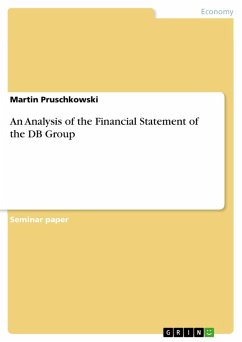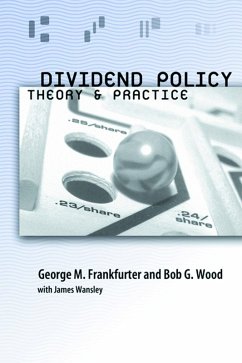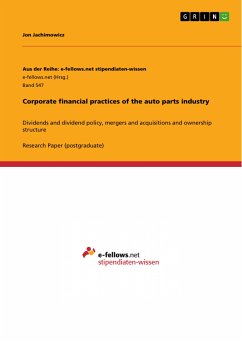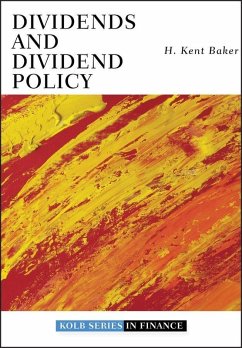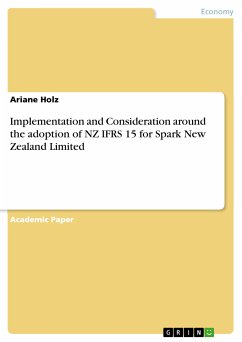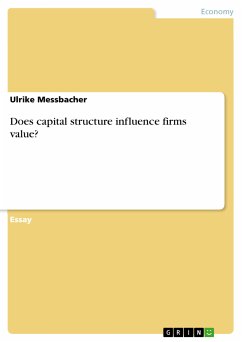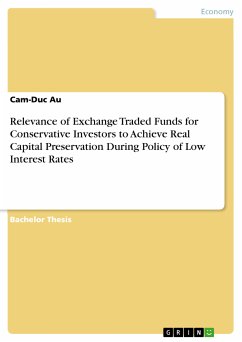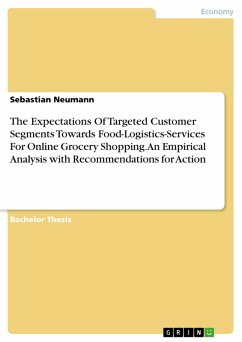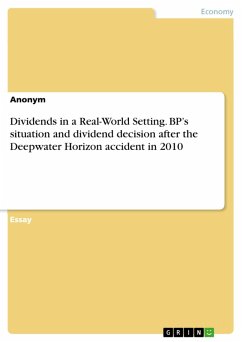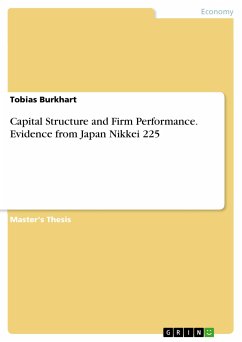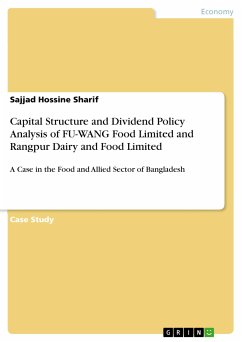
Capital Structure and Dividend Policy Analysis of FU-WANG Food Limited and Rangpur Dairy and Food Limited (eBook, PDF)
A Case in the Food and Allied Sector of Bangladesh
Versandkostenfrei!
Sofort per Download lieferbar
Statt: 42,95 €**
29,99 €
inkl. MwSt. und vom Verlag festgesetzt.
**Preis der gedruckten Ausgabe (Broschiertes Buch)
Alle Infos zum eBook verschenkenWeitere Ausgaben:

PAYBACK Punkte
0 °P sammeln!
Case Study from the year 2018 in the subject Business economics - Investment and Finance, , course: Corporate Finance, language: English, abstract: This report is prepared with an intention to make capital structure and dividend policy analysis of the assigned two firms which are FU-WANG food limited and Rangpur dairy and food limited who are the participants of food and allied sectors. In an effort to performed capital structure and dividend policy analysis the paper first consider a general overview of the food and allied sector based on some information and analysing the Porter's five compe...
Case Study from the year 2018 in the subject Business economics - Investment and Finance, , course: Corporate Finance, language: English, abstract: This report is prepared with an intention to make capital structure and dividend policy analysis of the assigned two firms which are FU-WANG food limited and Rangpur dairy and food limited who are the participants of food and allied sectors. In an effort to performed capital structure and dividend policy analysis the paper first consider a general overview of the food and allied sector based on some information and analysing the Porter's five competitive factors model. After that this report demonstrates company overview for both the selected firm. The company overview generally contains some basic information of the selected firms and briefly discusses the corporate goals of the firms. Then the capital structure analysis has been conducted based on the stock variable, flow variable and flow concept. Summarizing the result is like that - Under stock concept FU-WANG food has higher financial debt, D/E and financial leverage than those of Rangpur dairy. It indicates FU-WANG food is carrying more debt in its capital than Rangpur dairy. Under flow concept Rangpur dairy has greater cash flow coverage and interest coverage ratio whereas debt service coverage ratio is higher for FI-WANG food. Based on the checklist it has been found that tangibility is higher for Rangpur dairy. But in case of rest of the factors which are profitability (measured in both return on asset and return on operating asset), growth rate, financial slack and uncertainty of operating income is higher for FU-WANG food. This report also performed five factors extended DuPont analysis that reveals FU-WANG food has substantial higher return on equity than that of Rangpur dairy. This result occurs mainly due to the higher interest burden and financial leverage of the firm. In the analysis of dividend policy this report also demonstrates the trends of the earnings per share, dividend pay-out for the last five years. It has revealed that both of the firm is following residual dividend policy. In this policy investment is the major priority. If any amount of residual cash is available to the firm after making investment then the firm will distribute cash dividend. Both of the firms are not paying any cash dividend during the last five years so that it can be understood that the firms have no residual amount of cash is available to them after making investment to distribute cash dividend.
Dieser Download kann aus rechtlichen Gründen nur mit Rechnungsadresse in A, B, BG, CY, CZ, D, DK, EW, E, FIN, F, GR, HR, H, IRL, I, LT, L, LR, M, NL, PL, P, R, S, SLO, SK ausgeliefert werden.




